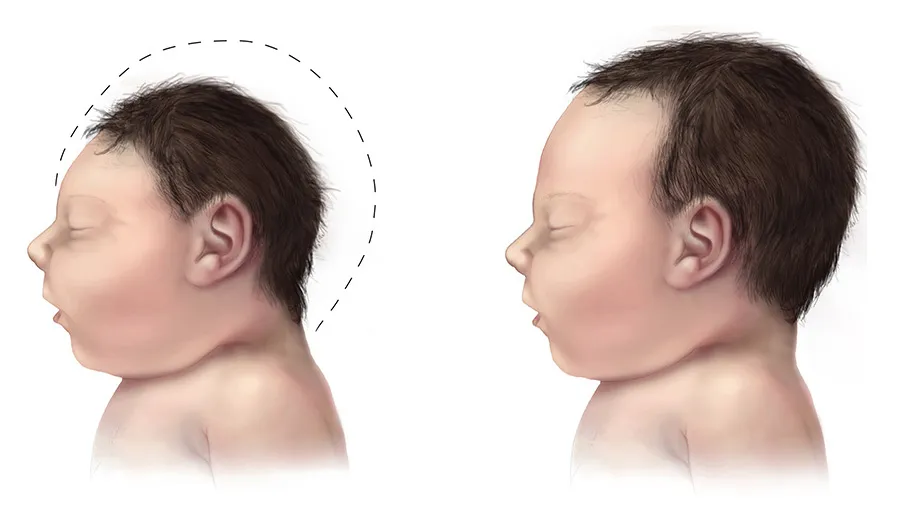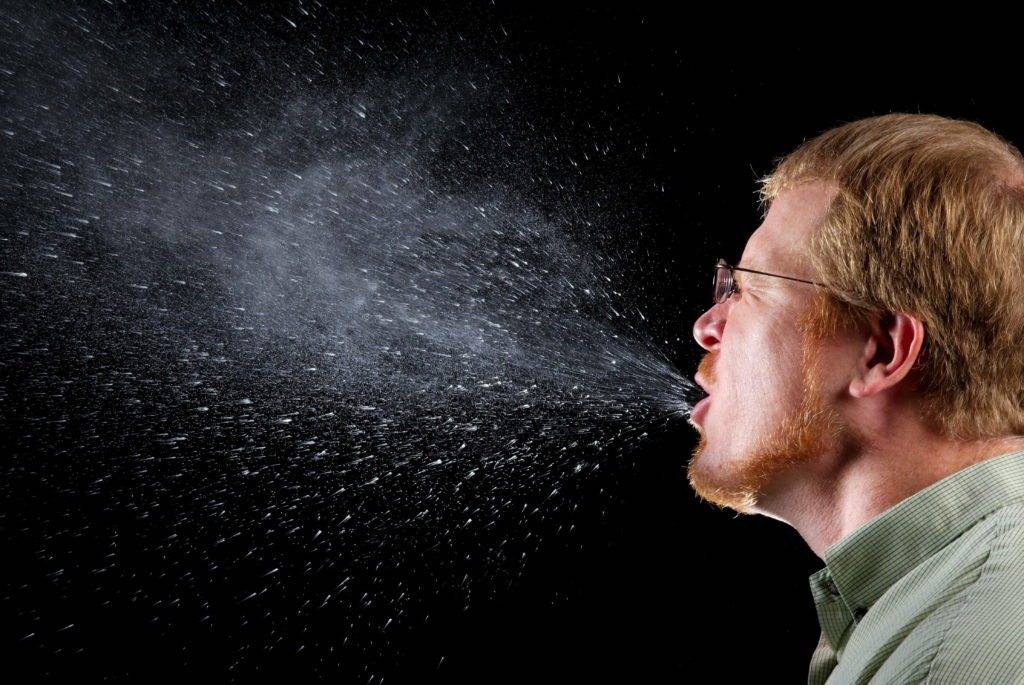When your child is enduring a sore throat, you will wonder—could this be strep throat? Strep infection is bacterial in origin and commonly occurs in children. You must see a doctor to prevent its spread and avoid serious health complications later.
Anyone can contract strep throat, but it’s prevalent in children aged 3–15. It’s less common among adults and rare in babies under 3 years old. In any case, antibiotic treatment is necessary to avoid serious complications later.
For your convenience, Omega Pediatrics has pulled up crucial information about this contagious illness in children. This article discusses the symptoms and when to see a doctor to determine the precise diagnosis and prompt treatment.
As your provider, we not only treat your child’s strep throat, but we also feel the need to educate mothers like you to have a comprehensive understanding of the illness so you will know what to do whenever you or your child is experiencing it.
Streptococcal Infection: What’s It All About?
 The streptococcal infection, simply called strep, is bacterial in origin. It typically thrives in the mouth and nose and spreads through saliva, nasal discharge, and other bodily fluids. It can also be detected in other body parts, leading to serious infections.
The streptococcal infection, simply called strep, is bacterial in origin. It typically thrives in the mouth and nose and spreads through saliva, nasal discharge, and other bodily fluids. It can also be detected in other body parts, leading to serious infections.
This infection can occur at any age; newborns and infants aren’t spared. However, it’s mostly common in children 3–15 years old, when this age group has high exposure in schools or daycares and close interaction with other individuals.
The infection is contagious. It’s critical to recognize the symptoms, and if you believe you or your child exhibit them, consult your physician and receive antibiotic treatment to prevent complications.
Types of Infections
The streptococcal bacteria is classified as Group A and Group B. The former is common in children, while the latter is among adults.
Group B bacteria in adults can be transmitted to children, especially newborns, through the birth canal of the carrier mother. In this case, the serious complication is rheumatic fever, resulting in long-term heart damage.
Newborns who have a high risk of developing rheumatic fever as a complication of Group B strep have become a major public health concern. As such, preventive measures have been taken to mitigate its effects.
How Do You Get a Streptococcal Infection?
Many different types of streptococci can cause infection. You can get a Group A streptococcal infection in three main ways. The first is through contact with someone who has the infection, such as through kissing or sharing drinks or utensils.
The second is through contact with an object that has the infection on it, such as contaminated surfaces or objects like towels, clothing, and bedding. The third way can be through close contact with affected animals, like cats and dogs.
In Group B streptococcal infection, transmission is from mother to child through the birth canal by mothers who are asymptomatic carriers. This is different from the agent that causes throat infections.
What are the Symptoms of an Uncomplicated Strep Throat Infection in Children?
Group A streptococcus bacteria is the causative agent. The symptoms are the following:
- sore throat that develops quickly, and fever above 100.4 Fahrenheit
- red and swollen tonsils with white patches or streaks
- red dots on the palate
- painful or swollen lymph nodes
- difficulty and painful swallowing
- headache, stomach pain, nausea or vomiting
- irritability and refusal to eat
There are cases in which a rash will develop on the torso, arms, and legs. The rash looks fine and red, likened to sandpaper, referred to as scarlet fever.
It should be emphasized that not all sore throats in children are strep throat cases. Various viruses in the upper respiratory tract, not streptococci, can cause a sore throat, hence a viral infection that will go away without treatment.
Recurring Symptoms: Should You Worry?
If a child shows symptoms of strep throat more than once in a span of a few days, this may be too concerning for many parents. A recurrent throat infection wouldn’t likely indicate an underlying problem, notwithstanding the child’s immune system.
There are a few reasons why your child shows recurring symptoms despite treatment. One reason is that you aren’t fully aware that your child is in constant contact with a carrier, most likely at home or in a childcare environment.
Another reason for recurring symptoms is that your child is a carrier but doesn’t manifest signs and symptoms, that is, is asymptomatic. In either case, prompt medical treatment is necessary.
How to Diagnose and Treat Strep Infection
If you or your child have symptoms or suspect strep throat, booking an appointment with your healthcare provider as soon as possible is crucial. Omega Pediatrics in Roswell, Georgia, is highly recommended to manage your child’s medical condition.
Throat Swab
At the clinic, you will tell the doctor about your chief complaint—the visible symptoms, what your child feels, when the symptoms started, medications taken, surrounding circumstances, and other relevant information. A physical exam will then take place.
With a tongue depressor or a long Q-tip, the doctor will have a visual check of the throat cavity. They will look for red and swollen tonsils. The next step is to get a swab sample from the back of the throat. The procedure won’t hurt but it will be briefly uncomfortable.
In some clinics and centers, saliva is scraped from the tongue and put on a slide for testing, but taking a throat swab is more sensitive and provides definitive results.
This procedure can sometimes be challenging for young kids since they can’t readily cooperate but pediatricians have the technique to make kids comfortable. The sample is then tested to confirm the presence of the strep-causing bacteria.
Testing for streptococci is done through a rapid antigen test, a molecular test (PCR), or a throat culture. The antigen test can be done quickly at the doctor’s clinic and the results can be determined shortly.
A PCR is a laboratory test of the swab sample. This is highly sensitive since it can detect small amounts of bacteria in the sample. It can also detect bacteria even if the patient has recently taken antibiotics, which can alter the results.
It’s crucial to confirm the presence of the bacteria before starting treatment since not all sore throats in children require antibiotics. The doctor will likely prescribe antibiotics to treat the infection.
In cases of recurring symptoms, the doctor prescribes different antibiotics for every episode. In extreme cases, surgery or tonsillectomy—the removal of tonsils—may be the recommended treatment.
Rectal Swab
For Group B strep, a rectal swab is needed for diagnosing a carrier mother since it’s largely asymptomatic in carriers. A sterile swab is inserted 1 cm into the anus and gently rotated 5-10 times to collect the sample.
For sample testing from a rectal swab, the collected sample is secured in a swab container and into a transport bag. It should be taken to a laboratory within 24 hours of collection. The mother is given antibiotics intravenously during labor for treatment.
Strep Throat or Sore Throat: How to Tell?
A strep throat is a bacterial infection, while a sore throat is generally any pain resulting from scratching or irritation. A specific bacteria causes strep throat, while a sore throat can have many causes.
Many factors induce a sore throat—COVID-19, the flu, air pollution, continuous talking, shouting, and other viruses. It can be a form of allergy or a result of a heavy or dry cough. It’s also possible to have strep and the flu simultaneously.
The severity of pain your child may clamor for, and older children can even describe their pain, isn’t the best way to determine if they have strep throat or sore throat.
One child can say that their stomach hurts more than their throat. Every child has differences in pain tolerance. For many parents, it isn’t easy to tell whether their once-active school kid is having strep throat or just a sore throat.
To say it all, being aware of the symptoms of a bacterial infection significantly matters, and consequently, seeking medical treatment is always the best route.
When to See a Doctor for Strep Throat
You don’t need to go to your doctor immediately if you notice your school-age kid has a fever. Let them rest with adequate sleep and plenty of fluids. Meanwhile, ensure that you keep a watchful eye on their body temperature and other symptoms.
However, see a doctor if your child has a fever above 100.4 Fahrenheit that comes on abruptly, coupled with a sore throat and headache. Also, the fever doesn’t subside for 48 hours.
What About Home Remedies?
Seeing children endure the painful and distressing symptoms of strep, many mothers resort to home remedies. Nevertheless, seeking medical treatment first is paramount. And the home remedies are meant to complement the medical treatment.
Home remedies aren’t recommended to treat a sore throat, as this could be strep and have severe consequences if not treated properly.
Choose Omega Pediatrics to Treat Your Child’s Strep Infection
Strep throat calls for prompt diagnosis and treatment for positive outcomes for the family and the community. We at Omega Pediatrics are happy to welcome you to our clinic. We take pride in our expertise in treating children’s illnesses.
As an experienced and competent provider, we will treat your child’s strep infection so they can recover quickly and be in school in a few days. Your child doesn’t need to miss his or her schoolwork for many days due to the infection.
As a parent, be proactive; don’t gamble on time and your assumptions, especially in strep infection in children. Omega Pediatrics will be your pediatrician of choice. You’ll enjoy peace of mind, knowing that your little one receives top-notch, quality healthcare.
Omega Pediatrics has science-backed training in properly managing children’s diseases. We provide a holistic approach. We not only treat your sick child but also provide preventive care for your healthy child, and educate parents as well.





